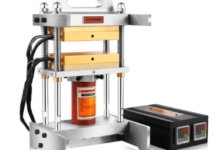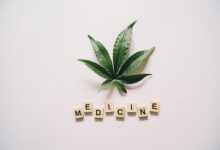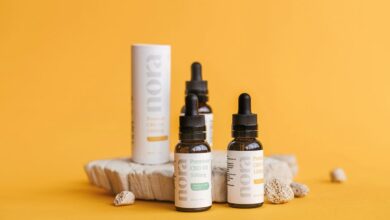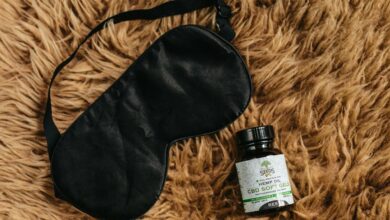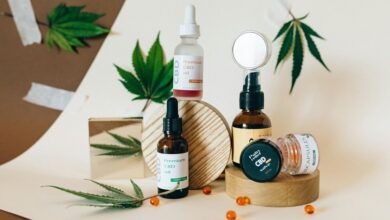Cbd Show up on a Drug Test

The relationship between CBD and drug tests is complex. While CBD typically does not appear on standard drug tests, full-spectrum products may contain trace amounts of THC. This raises concerns for individuals subject to testing. Understanding the nuances of THC detection and the variations in product labeling is crucial. What factors should one consider when choosing a CBD product to avoid potential pitfalls?
Understanding CBD and THC: The Key Differences
Cannabinoids are a class of compounds found in the cannabis plant, with cannabidiol (CBD) and tetrahydrocannabinol (THC) being the most prominent.
CBD benefits include potential relief from anxiety and inflammation without psychoactive effects.
In contrast, THC effects encompass euphoria and altered perception, making it the compound associated with the "high" sensation.
Understanding these differences is essential for informed choices regarding cannabis use.
How Drug Tests Detect THC
Drug tests primarily target THC due to its psychoactive properties and prevalence in cannabis use.
These tests typically detect THC metabolites, which are byproducts of THC breakdown in the body.
Common drug test types include urine, blood, and hair tests, each varying in detection windows and sensitivity.
Understanding how these tests work can inform individuals about potential outcomes related to cannabis consumption.
Factors Influencing Drug Test Results
While various elements can influence the results of a drug test, the most significant factors include the individual's metabolism, frequency of substance use, and the type of test administered.
Metabolism rates vary widely, affecting drug clearance.
Different testing methods, such as urine or blood tests, can also produce distinct outcomes, further complicating interpretations of results related to CBD consumption and THC presence.
Choosing the Right CBD Product for Safety
When selecting a CBD product, it is essential to consider factors that ensure safety and efficacy.
Consumers should differentiate between full spectrum and isolate options, as full spectrum products contain multiple cannabinoids that may influence results.
Additionally, thorough product labeling provides crucial information regarding THC levels and sourcing.
This transparency empowers individuals to make informed decisions, minimizing risks associated with drug testing.
Conclusion
In conclusion, while CBD itself typically does not appear on drug tests, full-spectrum products containing trace amounts of THC can lead to unexpected positive results. For instance, a hypothetical case involves an athlete who regularly used a full-spectrum CBD oil for recovery and later failed a drug test due to the THC content. To mitigate such risks, individuals should carefully select CBD products with clear labeling and low THC levels, ensuring they remain compliant with testing protocols.

